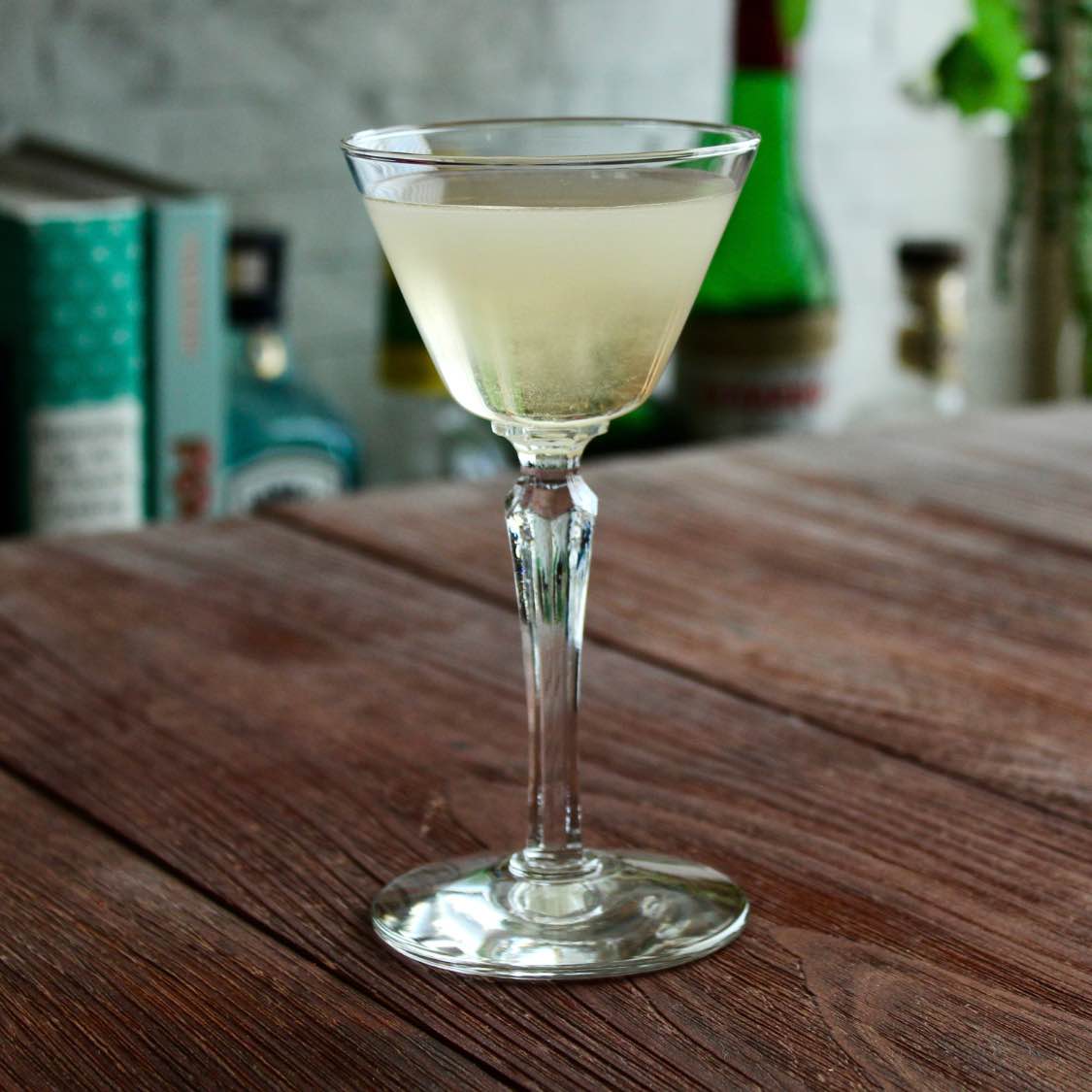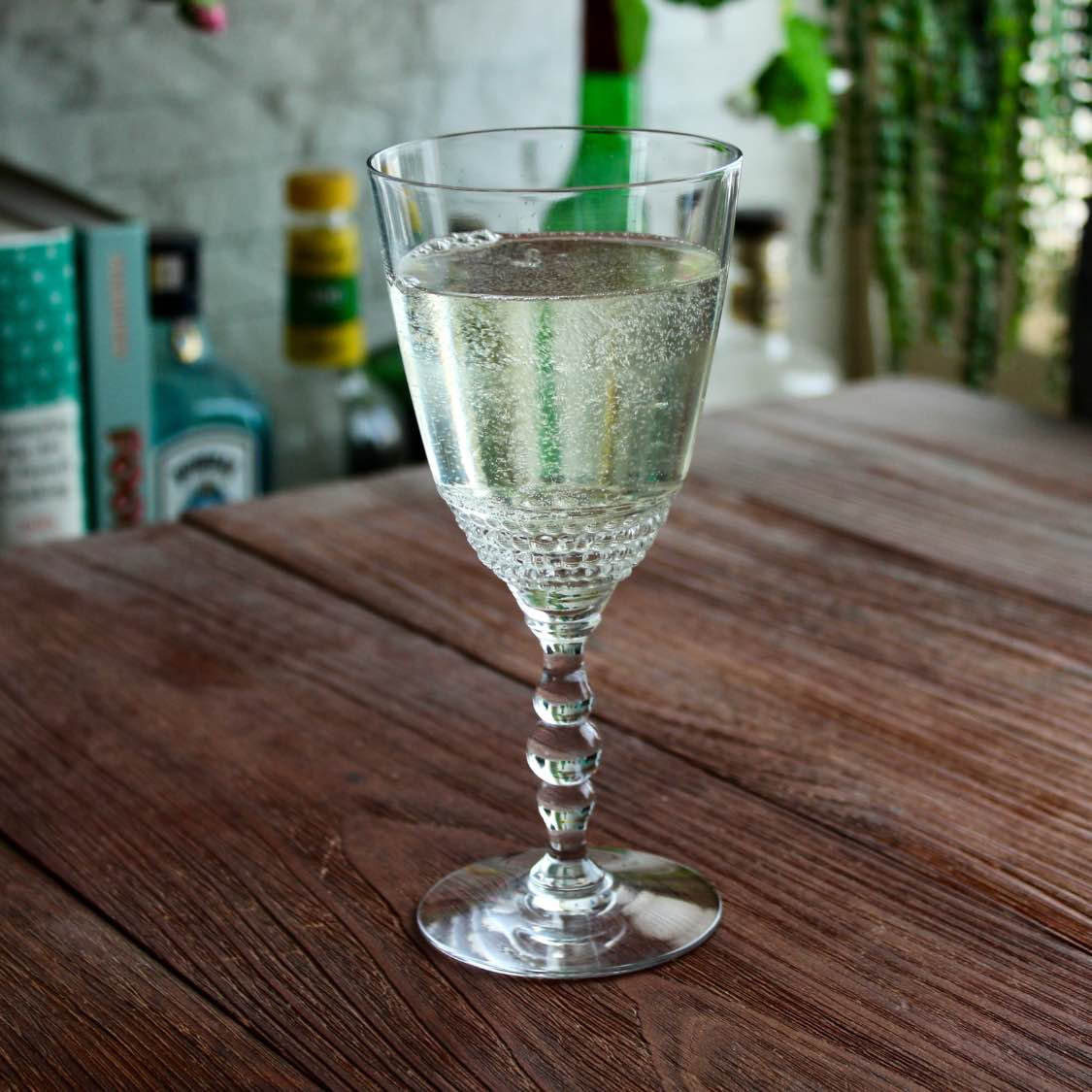A Short History of Cooked Beer Cocktails.
Before the days of bottling and refrigeration, fresh beer had a very limited shelf life, and having to waste any brought a tear to many people’s eyes. So like any food item on its way out, people tried to find ways to get just a couple more uses out of it. I’m sure you do this all the time. Strawberries are starting to get soft; make a smoothie. Worried about your gigantic bag of onions getting too old, make French onion soup. There are many things you can do before food turns and during the 17th century cooking beer with spices was one way to mask the flavor of a beer going bad.
If you want to find these recipes, you’ll need to look in old cookbooks. One such recipe from the 1669 book “The Closet” by Sir Kenelme Digbie is an ale with a honey recipe specifically for beer that is about to go bad. Sir Kenelme Digbie described cooking old beer with honey would help the turned old beer and “set the whole a working a fresh, and casting out foulness.”
Some very old books had tips and tricks for the old food, but with the invention of commercial refrigeration in the mid-1800s, that stopped being such a big problem. Most of those recipes either got lost to time, but many still live on as things you usually eat—fruit pies, jellies, alcohol, pickles, hell, even banana bread. Hence, most recipes specifically call for nasty old soft brown bananas no one wants to eat. It’s for flavor, but it comes from a much older tradition. Old meat was a little harder to repurpose and was something you needed to persevere before it started to turn. Although old meat could be used as bait to catch fresh meat or go fishing, it needs to be disposed of once food goes bad.
This Is The Oldest Known Buttered Beer Recipe.
The oldest known (and the only) buttered beer recipe is from the 1594 book “The good Huswifes Handmaide for the Kitchin” by Thomas Dawson. The recipe in the book is:
“Take three pintes of Beere, put fiue yolkes of Egges to it, straine them together, and set it in a pewter pot to the fyre, and put to it halfe a pound of Sugar, one penniworth of Nutmegs beaten, one penniworth of Cloues beaten, and a halfepenniworth of Ginger beaten, and when it is all in, take another pewter pot and brewe them together, and set it to the fire againe, and when it is readie to boyle, take it from the fire, and put a dish of sweet butter into it, and brewe them together out of one pot into an other.”
There are not any other buttered beer recipes after this one till J.K Rowling mentions them in her Harry Potter Book Series. One typically sees the Harry Potter versions today are usually cold butterscotch sodas and not a cooked beer cocktail.
The Right Beer Makes All The Difference.
Not all beer heat up well. Some taste amazing, and some are awful. As mentioned above, cooked beer cocktails like this were usually done to beers that started to turn and lose flavor. So any flavor improvement was an improvement over drinking old beer, but this gives us some interesting insights into which beers heat up best. Generally speaking, I have found that milder and less flavorful beers taste better hot than more robust, darker beers. Check out my article where I have taste-tested many different beers to see which make the best flips. What I have noticed is heating a beer up intensifies its flavors. So a beer that is already very flavorful and strong is amplified and becomes completely undrinkable, while a more mild and light beer opens up beautifully. So it makes sense that older beers that had lost some of their flavors made good warmed beer cocktails in the past.

















Leave a Reply